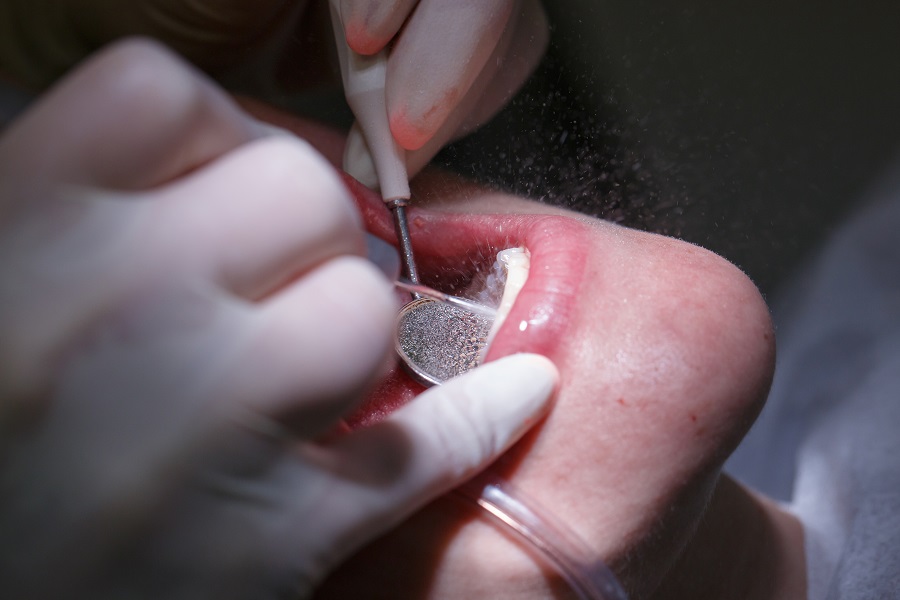Irrigation in itself involves washing with a fluid stream. Dental irrigation is known as intracanal irrigation. There are two types of intracanal irrigation: active irrigation and passive irrigation.
About Intracanal Irrigation
Intracanal irrigation plays the main role in washing out microbes during root canal therapy. Sodium hypochlorite solution (NaOCl) is the fluid used for irrigation during a root canal because of the antimicrobial properties of the solution.

As is said in the AAE Glossary of Endodontic Terms, “intracanal irrigation facilitates physical removal of materials from the canal and introduction of chemicals for antimicrobial activity, demineralization, tissue dissolution, bleaching, deodorizing and hemorrhage control.”
Active Irrigation
As is said in the AAE Glossary of Endodontic Terms, active irrigation is the “use of mechanical or manual agitation to enhance physical and chemical debridement of canal contents.”
Passive Irrigation
As is said in the AAE Glossary of Endodontic Terms, passive irrigation is the “gentle flushing of the canal to enhance chemical debridement, without application of energy.”
